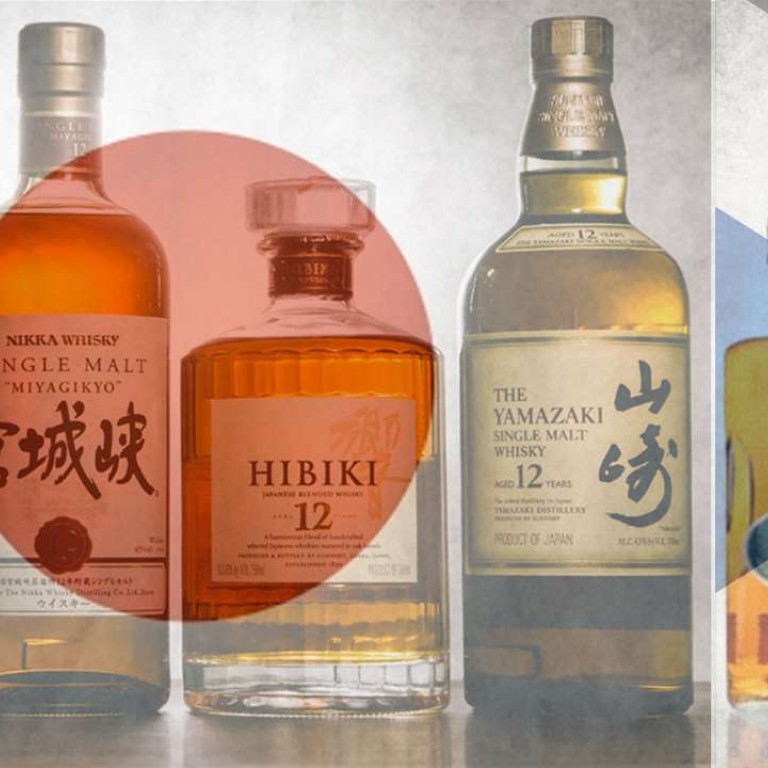Japanese whisky – with a wider range of aromas and a thinner, lighter texture – is gaining popularity

Japanese whisky, which is popular in Asia and gaining credibility around the globe, is very similar to Scotch – distillers even use barley imported from Scotland to make it.
But there are differences, says Makiyo Masa, the founder and director of Dekanta, a Tokyo-based online retailer of Japanese whisky.
“Some Japanese distilleries are the highest above sea level in the world,” Masa explains. “This allows for natural low-pressure distillation, which gives a wider range of aromas, and a thinner, lighter texture.”

Japanese distilleries also use different-shaped stills to produce malts with distinct characteristics, Masa says.
Whisky was introduced to Japan by Masataka Taketsuru, who went to Scotland to study organic chemistry in 1918. He fell in love with whisky, and returned to Japan to establish the country’s first whisky distillery. Famous brands today include Yamazaki and Hibiki. “Local whiskies [called Ji-Whiskies] like White Oak Akashi, produced by Eigashima, are also popular, as these producers tend not to be commercialised,” Masa says.

Since 2009, whiskey highballs, which combine whisky, ice and soda, have been very popular in Japan. “The lighter nature of Japanese whisky makes it perfectly suited for a highball cocktail,” Masa says.
Want more articles like this? Follow STYLE on Facebook

Japanese distilleries use differently shaped stills to produce malts with distinct characteristics